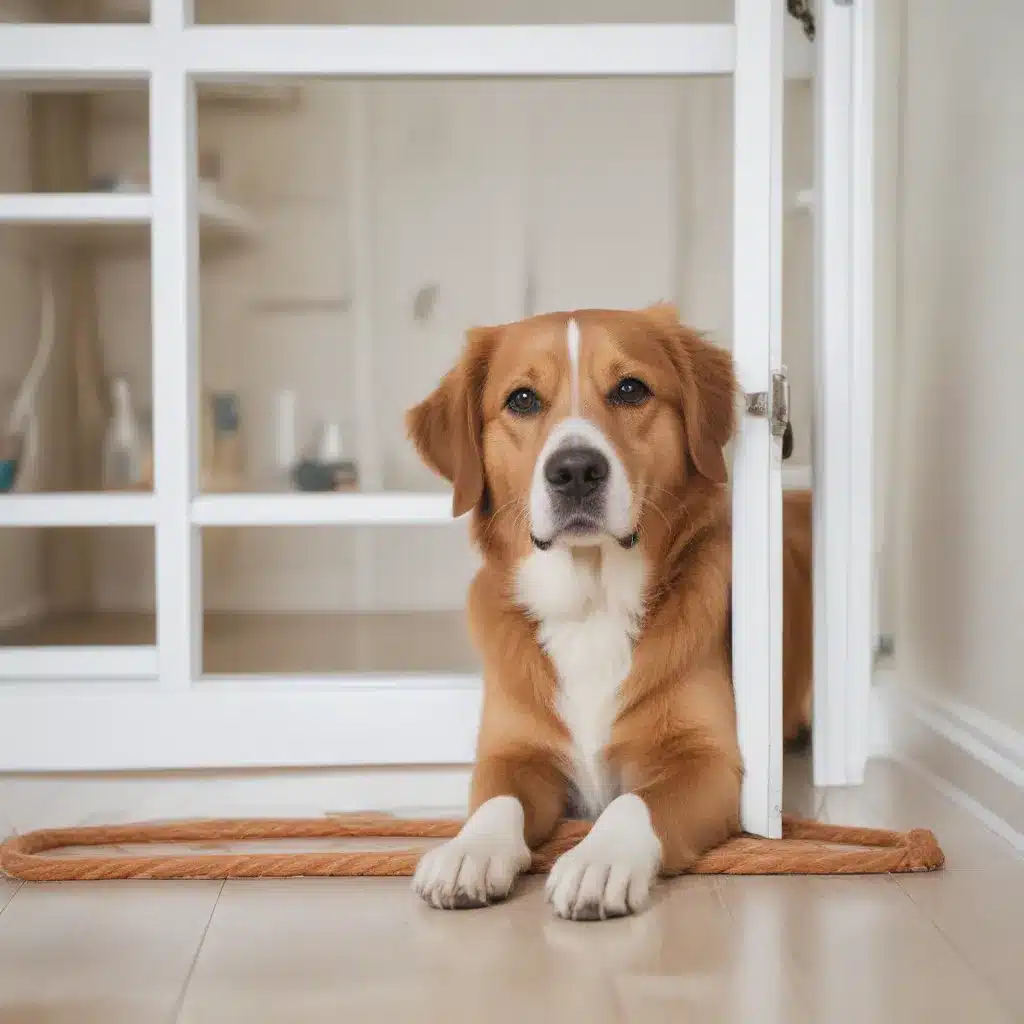Ruff Realities: Navigating New Pet Introductions
When my family decided to add a rambunctious Labrador puppy to our home, I’ll admit, I had some serious concerns. We already had an elderly Beagle who had grown accustomed to the quiet life. How would he react to this new bundle of boundless energy invading his personal space and throwing off his well-established routine? As a pet owner, I knew I needed to approach this transition carefully to prevent any canine conflicts.
Turns out, I wasn’t alone in my trepidation. Many families who have older dogs want to add a puppy or young dog to their lives, but the process requires thoughtful planning to ensure a harmonious household. While there’s “a lot of value in the older dogs teaching the puppy the routine of your house,” the introduction can also stir up some serious tension if not handled properly.
As I quickly learned, puppies can be downright rude and persistent in their quest for constant playtime, often ignoring the clear signals from their elder counterparts. This mismatch in energy levels and communication styles can lead to escalating conflicts, with the older dog eventually lashing out in frustration. Suddenly, my dream of a happy, blended pet family was starting to feel more like a potential nightmare.
Establishing Boundaries: Preventing Pup-Induced Pandemonium
Determined to avoid this scenario, I knew I needed to take a proactive approach to introducing our new pup to our senior Beagle. The first step was creating a safe space for both dogs to retreat to without feeling threatened. I made sure each dog had their own designated feeding and resting areas, with no sharing of resources allowed. This helped eliminate potential flashpoints of conflict.
I also took the advice to “crate train your puppy” seriously, setting up a cozy den where our new addition could rest and decompress. This not only gave our older dog a much-needed break from constantly being pestered, but it also helped our puppy learn valuable self-soothing skills. No more turning our Beagle into an unwilling babysitter!
Of course, I couldn’t just leave the dogs unsupervised, hoping they’d work things out on their own. I kept a close eye on their interactions, ready to intervene if the puppy’s exuberance started to overwhelm our senior pup. By maintaining control of the situation, I was able to reinforce good behaviors and prevent any escalating confrontations.
Enriching Experiences: Channeling that Pup Energy
As much as I wanted our older dog to take the lead in “laying down the rules” for the puppy, I quickly realized that approach wasn’t going to work. Our Beagle was just too weary to constantly police the younger dog’s antics. Instead, I focused on providing our puppy with plenty of constructive outlets for their boundless energy.
We enrolled our new pup in weekly puppy playtime sessions, where they could romp and roughhouse with other well-socialized young dogs under the watchful eye of a professional trainer. This not only gave our older Beagle a much-needed respite, but it also helped the puppy learn appropriate play behaviors. Win-win!
I also made sure to spend one-on-one time with the puppy, reinforcing good manners and building a strong bond. Visiting the website for Home Curtains Philadelphia, I found some great tips on training techniques like the “Place” command, which taught our pup to happily settle in their own space. This not only reduced pressure on our senior dog but also helped the puppy develop crucial self-control skills.
A Harmonious Household: Fostering Furry Friendships
As the weeks passed, I could see a noticeable difference in the dynamic between our older Beagle and the new puppy. Our senior pup seemed more relaxed, no longer constantly on the defensive. And the puppy, well, they were learning to respect the personal boundaries of their canine housemate.
By taking an active role in managing the introduction and providing appropriate outlets for the puppy’s energy, I was able to prevent the dreaded “dog fights” that so often plague pet owners who simply “let the dogs work it out.” Instead, our home became a peaceful oasis, where our two very different dogs could coexist – and even occasionally engage in a bit of playful roughhousing – without anyone feeling overwhelmed or resentful.
Introducing a new pet to an established household can certainly be daunting, but with the right preparation and a proactive approach, it doesn’t have to be a recipe for disaster. By catering to the needs of both our younger and older pups, we were able to transform what could have been a stressful situation into a heartwarming tale of newfound friendship. And really, isn’t that what every pet owner dreams of?



